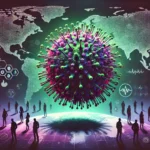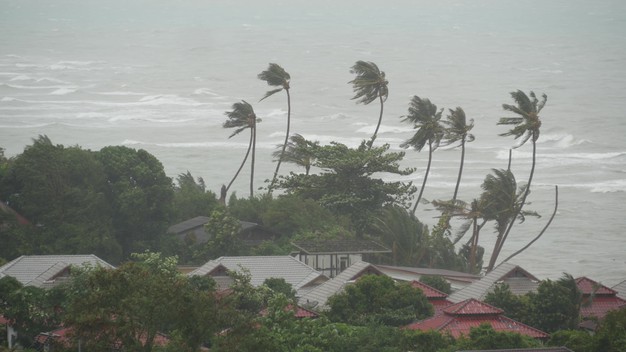The spinning storm caused in a low-pressure atmosphere, usually over tropical or subtropical water, is a cyclone or typhoon. Cyclones are the most intense storm, and these large-scale weather systems have a massive impact on the environment as it damages the area around its fall. The following article has cataloged a few changes of the cyclone on the environment.
A tropical cyclone includes a hurricane, tropical storm, etc., the impact of which on the environment depends upon its intensity, size, speed, and location. The passing cyclone can remove a forest canopy, change the coastal landscape by reshaping dunes, extensive soil erosion, landslides in mountain areas, etc.
The hazards expected during and after the cyclone are categorized as primary, secondary, and tertiary.
- Primary hazards
- Strong winds
Depending upon the speed, wind can cause minimal damage like tearing branches, twigs, and shrubs to maximum damage like uprooting the trees and flattening buildings. It also harms vegetation and habitat that imbalances the ecosystem.
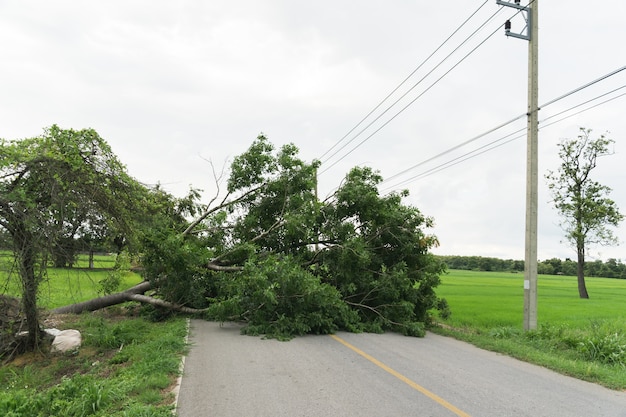
- Storm surge
The wind churning with cold water moving towards the oceans can lower water temperature resulting from forming new storms. Buildings, coastal areas necessary for fish-breeding are prone to storm surges.
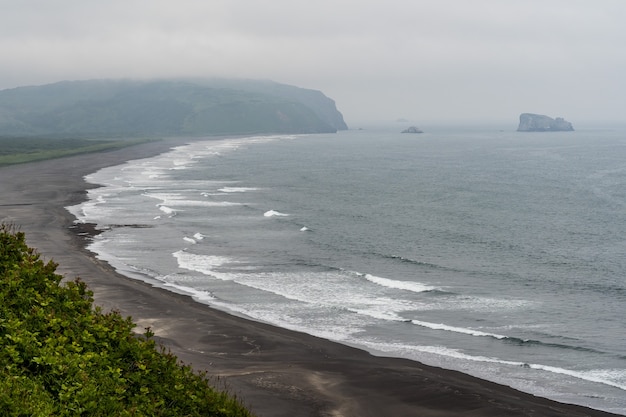
- Secondary hazards
- Floods
Cyclones can bring floods in two ways. First, it can lead to heavy and intense rain, resulting in mudslides, landslides, and floods. Secondly, cyclones can raise the water level, resulting in tidal waves that can drown everything with it. It is the worst scenario of a tropical cyclone and causes most deaths.
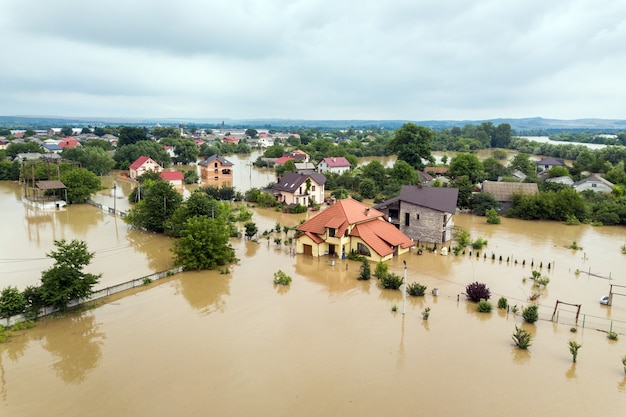
- Erosion
Strong winds can cause massive soil erosion, which hampers agriculture as the exposed area is prone to erosion. The surrounding ecosystem is severely affected, along with shipyards, oil wells, etc.
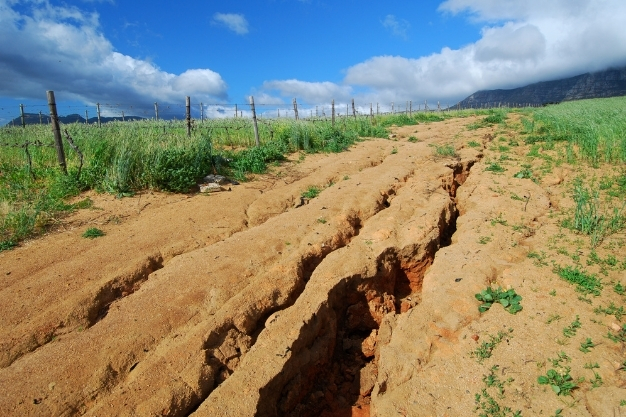
- Tertiary hazards
- Water-borne diseases
Stagnant water is an integral environmental hazard. It increases the chances of spreading diseases like dengue, malaria as mosquitoes start to breed in the collected, contaminated water.
- Hiked prices of necessities
At the time of crisis, merchants and traders often raise the price of essential goods like water, gas, food, etc., supplying in the market, making profits out of people’s helplessness.
The damage doesn’t stop after the cyclone has passed; the destruction continues. Broken trees blocking the roads, delayed repairing of electrical, telephone, water lines, no transportation, etc., can hamper the rescue efforts and put lives at risk.
Despite the destruction caused by tropical cyclones, they have some advantages too. It brings rain to dry regions and shift heat and humidity from tropical land towards the poles.
Tropical cyclones can leave scars that can take years to disappear. Along with the environment, the economy and health of the country are also affected, which is challenging to reshape quickly for developing countries.
We can create windows for timely evacuation, educate people, give adequate warning, and through other mitigating steps, we can hope to face cyclones with better preparations and mindset.


